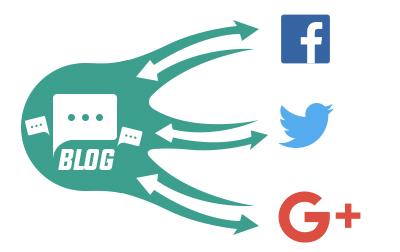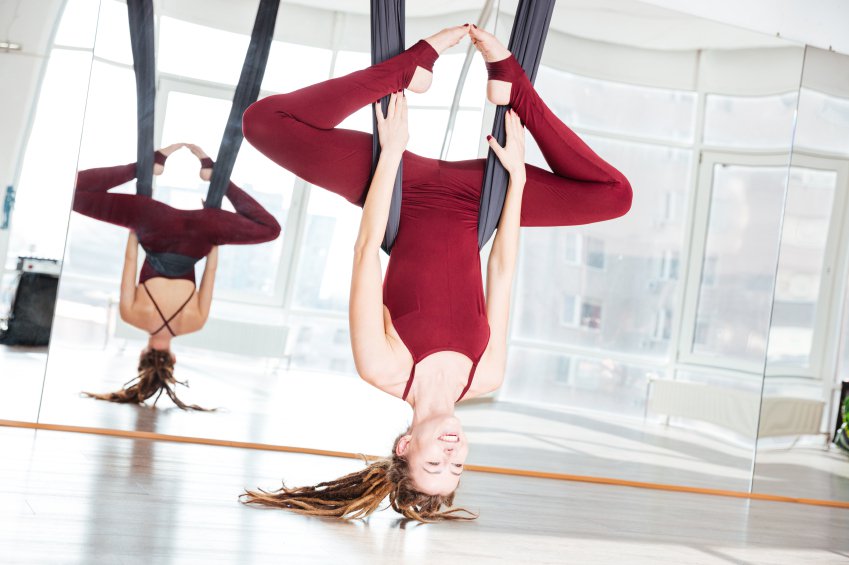Remember a little something called the Affordable Care Act (ACA) of 2010? This federal statute has completely changed the landscape of corporate fitness programs. In an effort to reduce health insurance costs, the ACA established new incentives and policies to increase the accountability to corporate fitness and wellness programs.
These incentives can be broken down to two types of programs:
Activity –Based: With “activity-only” programs, employees simply have to engage in a certain activity in order to be rewarded. For example, employees might be required to run for 45 minutes three days a week, follow a particular exercise plan, or stick to a strict diet. The point is, they don’t have to reach a specific weight, measurement or numerical goal to be rewarded.
Outcome-Based: This type of program requires employees to attain a specific wellness goal. This can include hitting a specific numerical goal, such as weight, BMI or blood pressure measurement. This can also mean quitting smoking or drinking. When employees achieve their measurable goal, the benefits kick in. Some corporate programs will issue up to 30% in refunds when a goal is met.
What does this mean for fitness clubs?
Well, first of all, if your club currently doesn’t offer corporate wellness memberships, you are missing out on some serious revenue. To keep up with ever-changing corporate programs, clubs have had to rethink their programming and product strategies. Clubs must offer outcome-based membership programs that include efficient documentation of results. Club operators must track everything from participation to outcomes including biometrics, health improvements, smoking cessation, etc. so that corporations can present these results in comprehensive formats for insurers.
Health facilities can capitalize on this new trend in corporate fitness incentives. Instead of just offering corporate memberships with lower pricing, clubs can work with corporate HR departments to add certain programs and services to these memberships in order to add value and increase the company’s wellness benefits. For example, one company worked with a client corporation to create a 12-week program that aimed to lower cholesterol. Employees that participated in the program reduced their cholesterol by 5%, resulting in about $18,618 in healthcare savings for their company. Clubs can also work with corporations to create competitions. For example, create a weight-loss competition where the team wins a monetary prize and a full refund of their registration fees if they maintain their weight for a specified amount of time. The possibilities are endless!
The goal is to establish your club as a valuable centerpiece to the companies’ wellness program. Don’t simply watch from the sidelines. Set up your club to be part of the ongoing effort to promote health and wellness in the work environment. It’s not going away any time soon!











